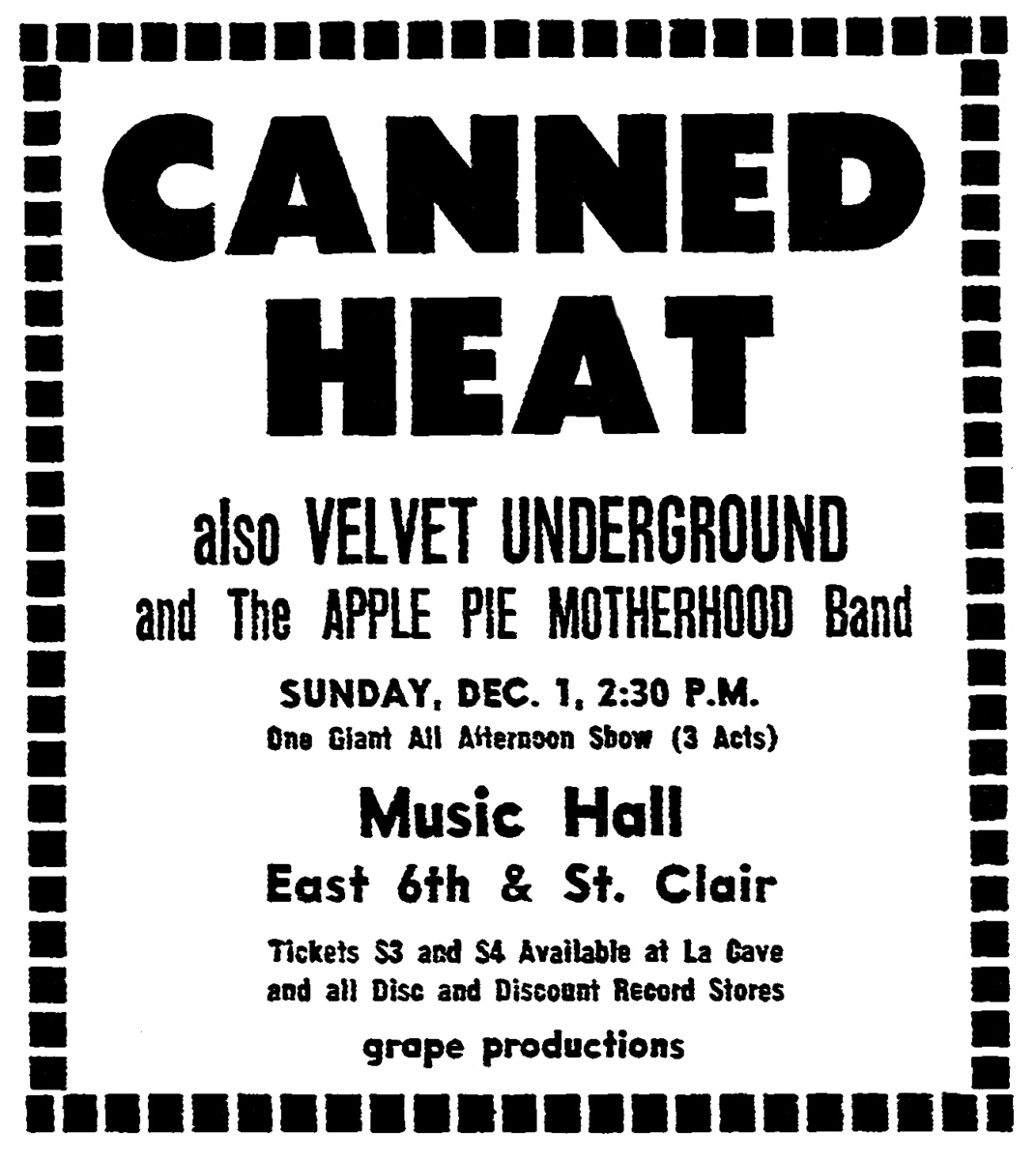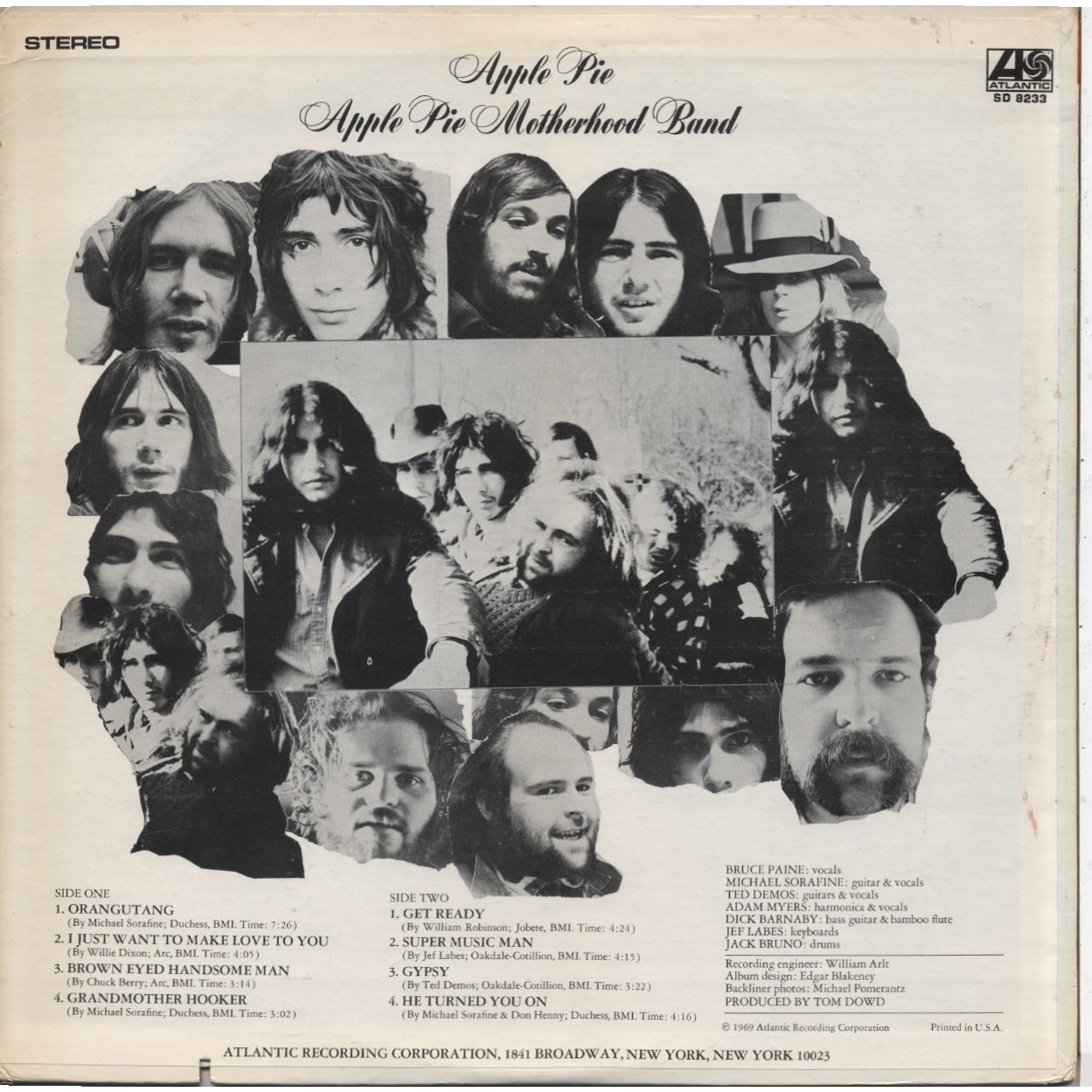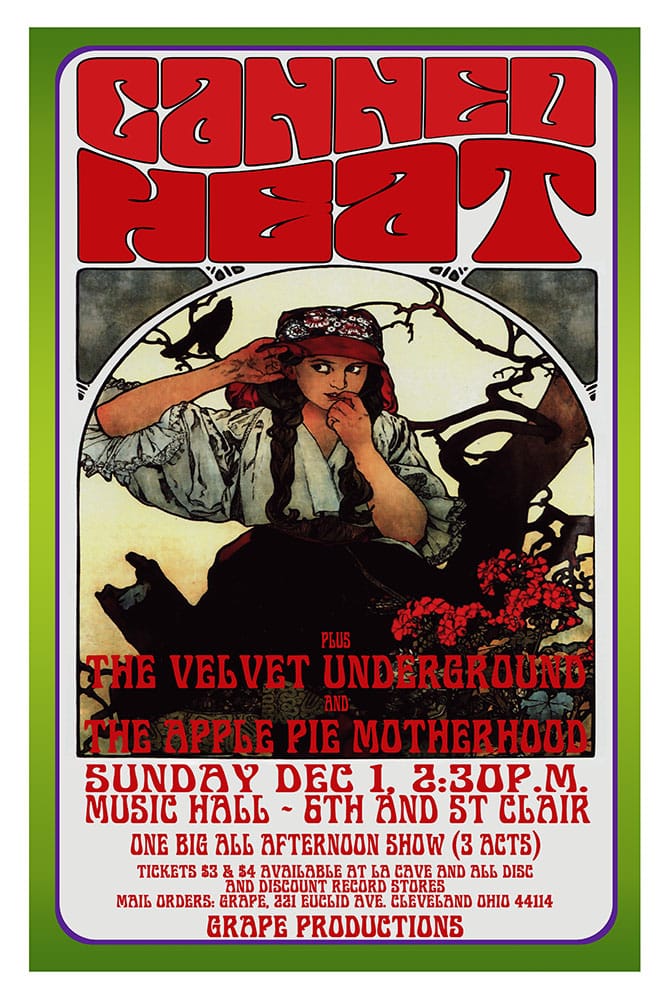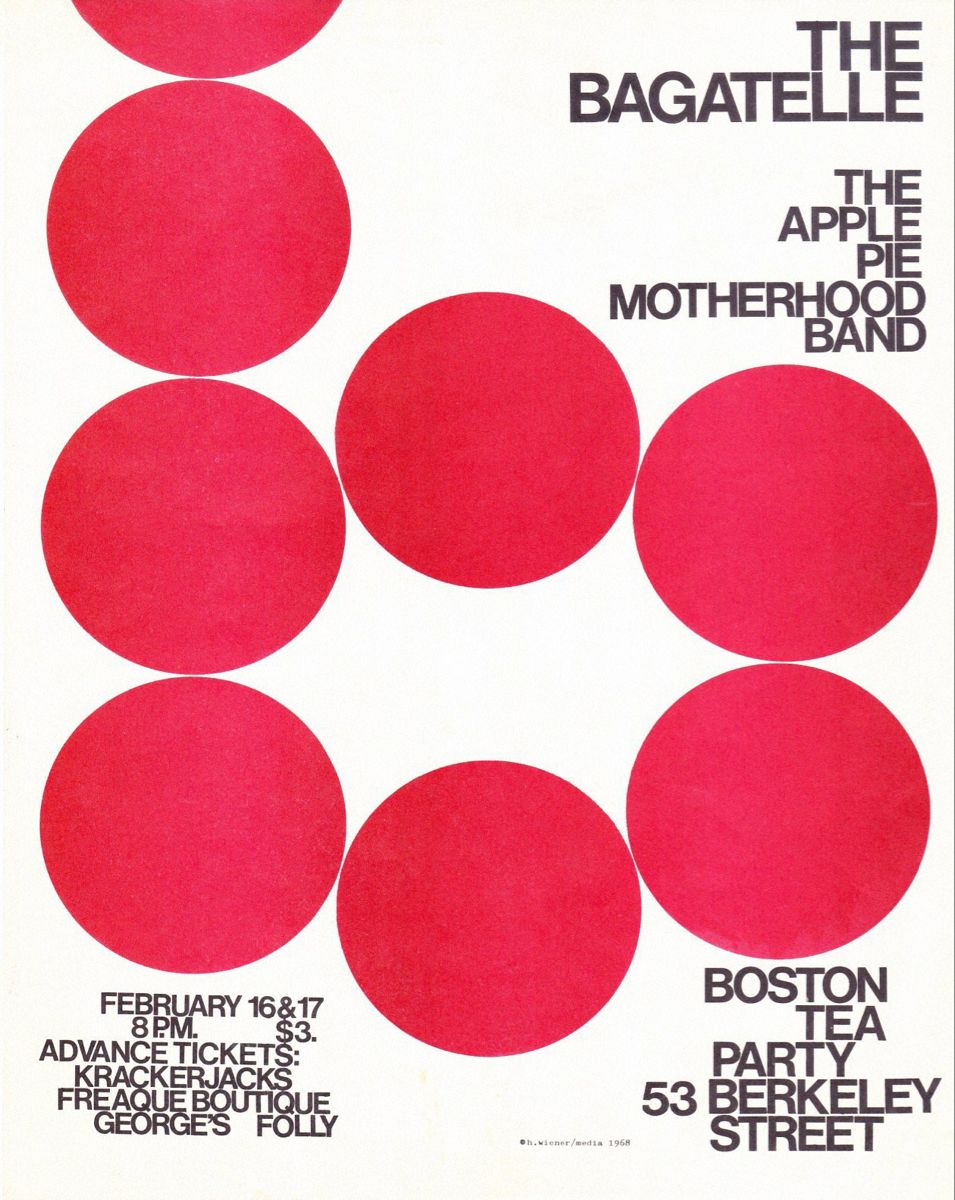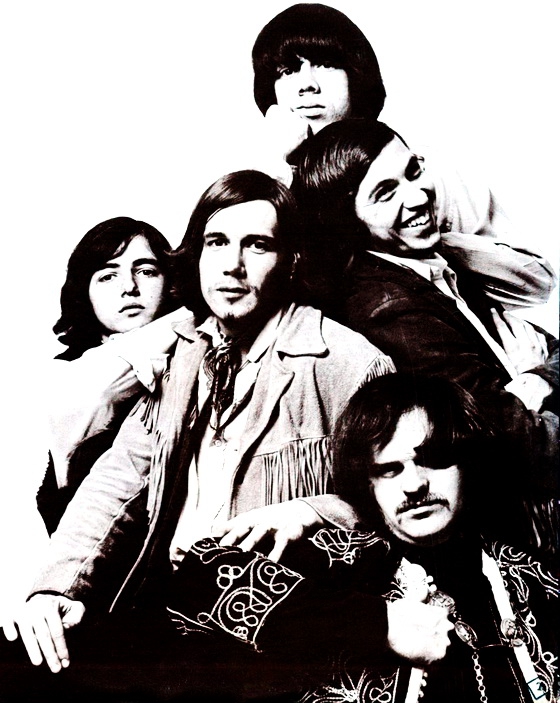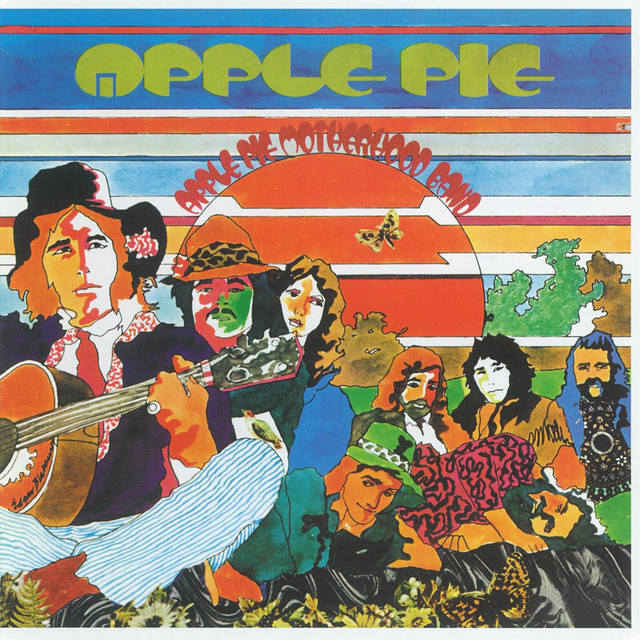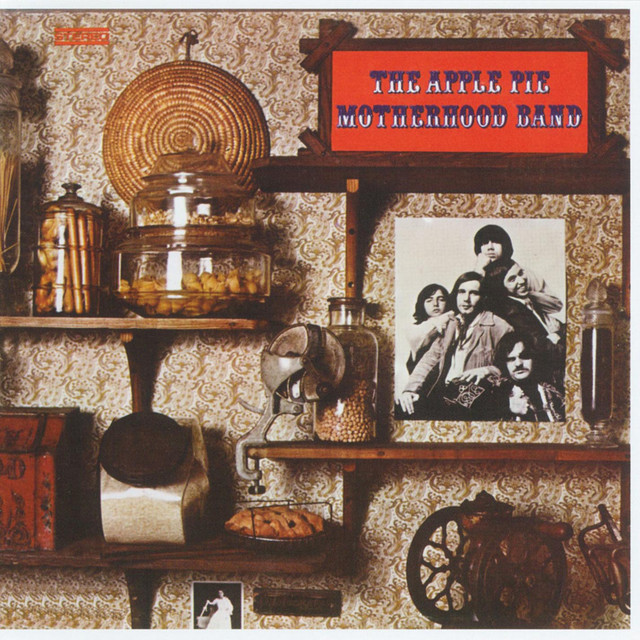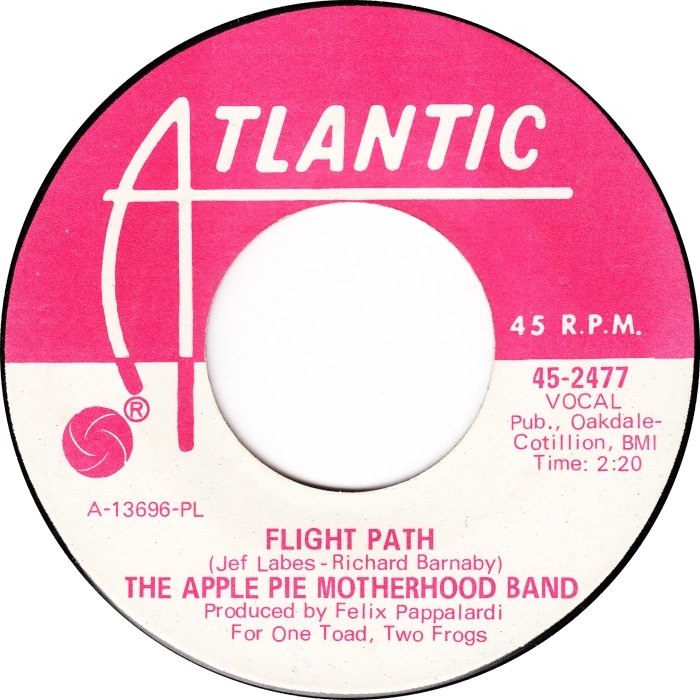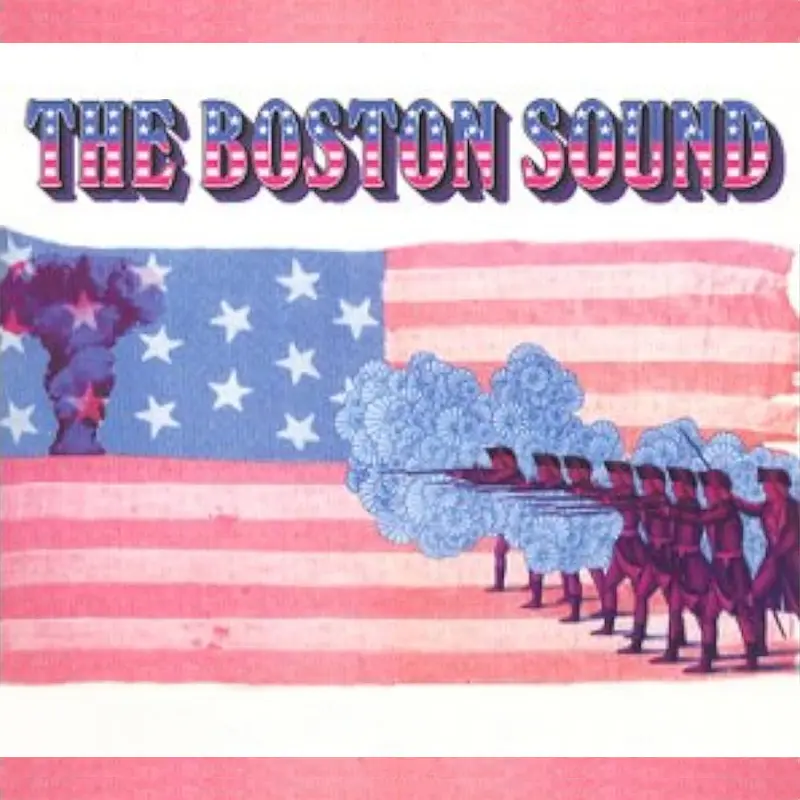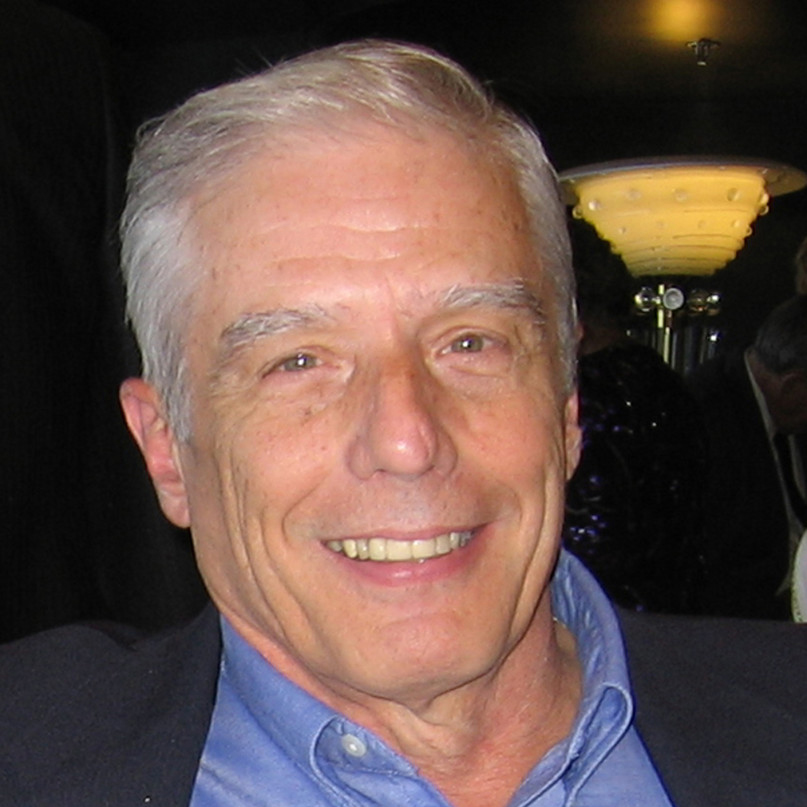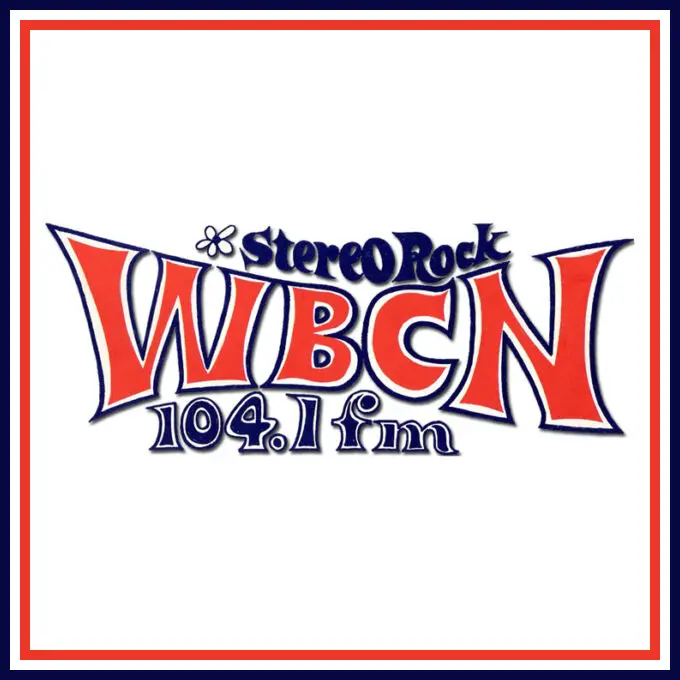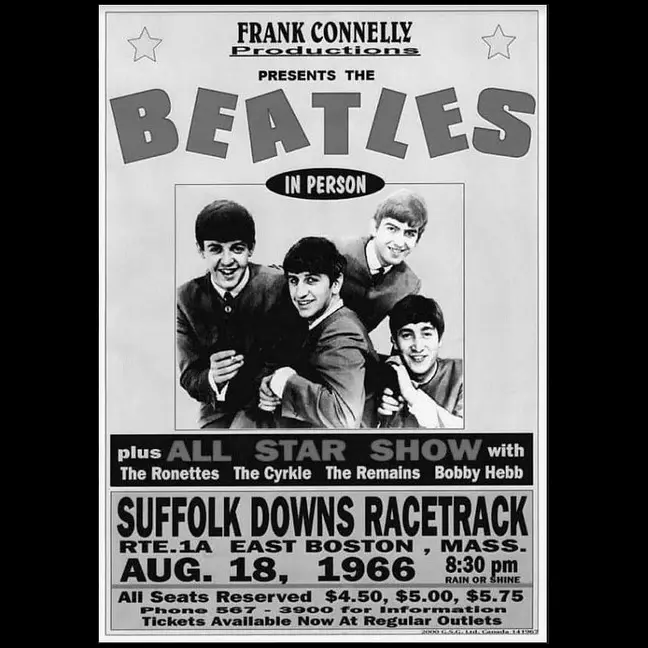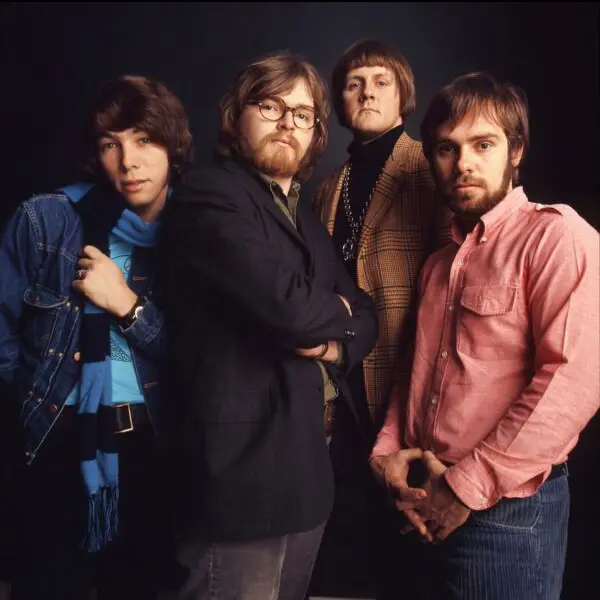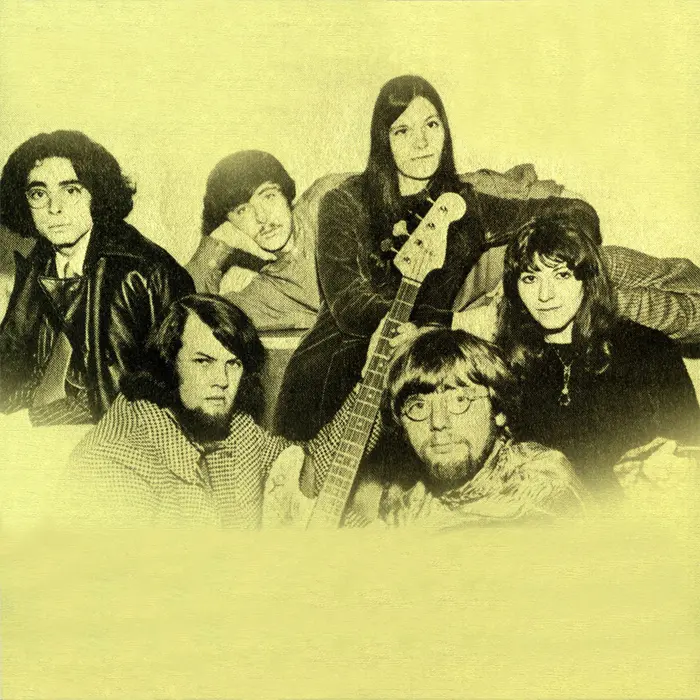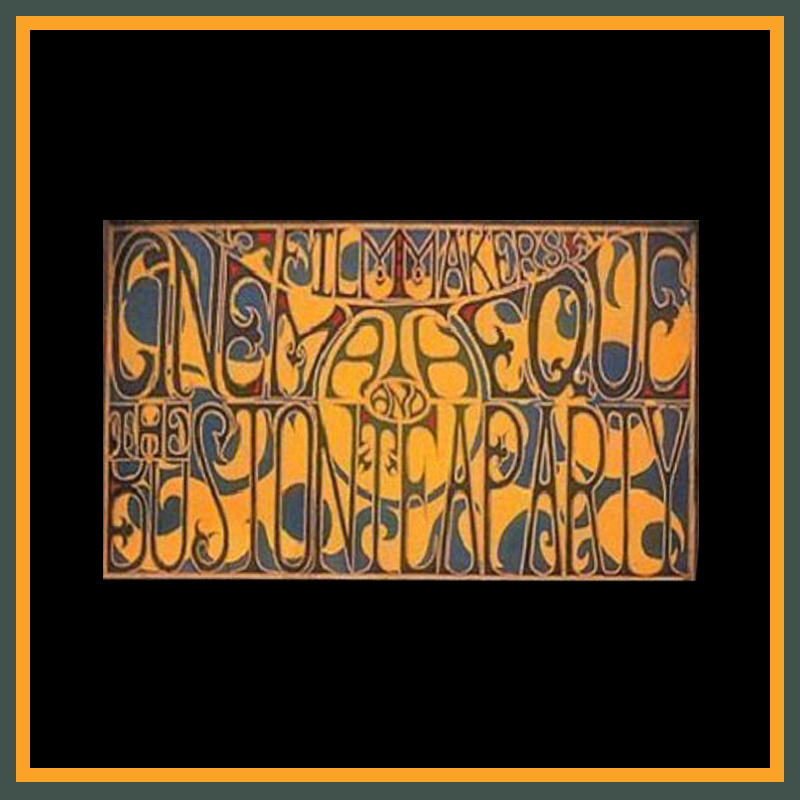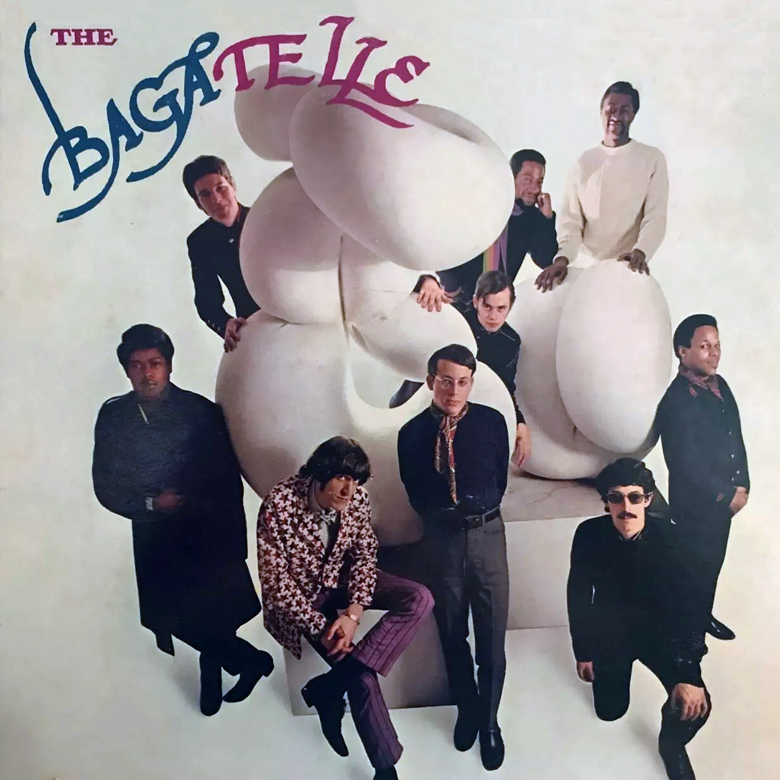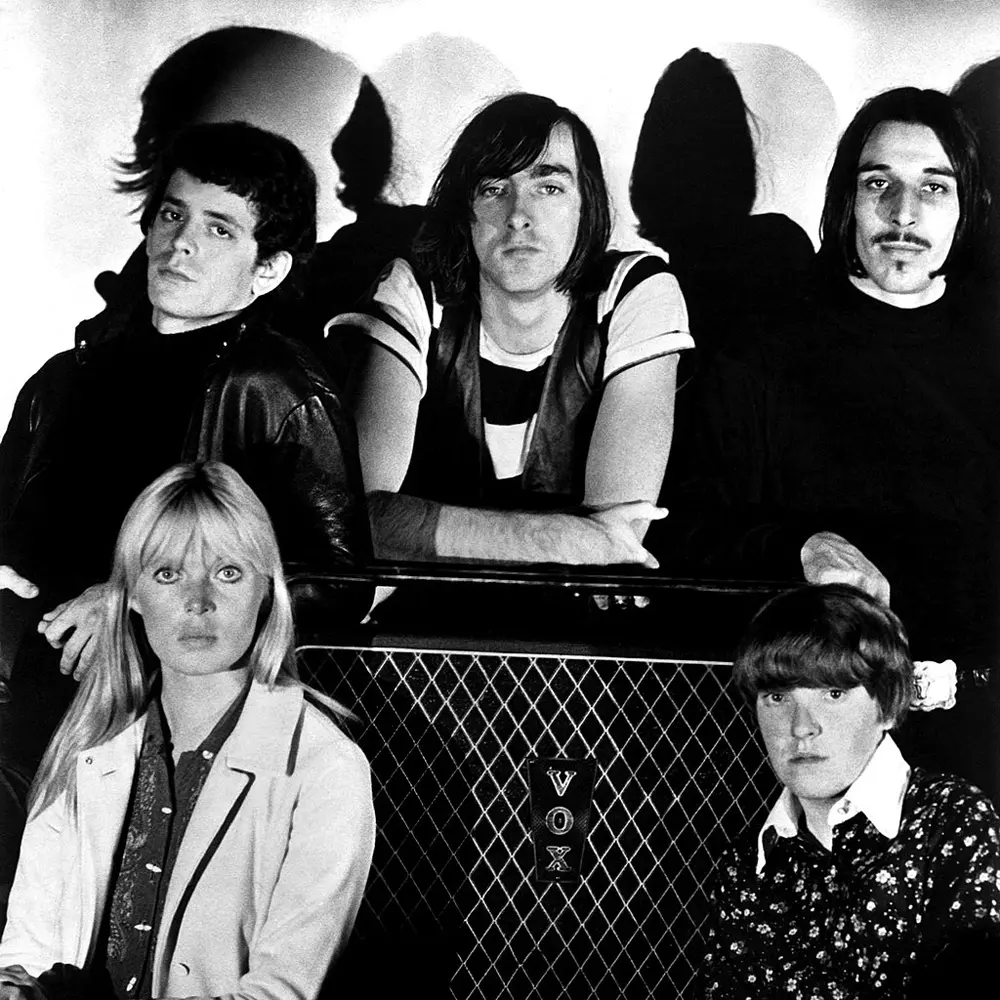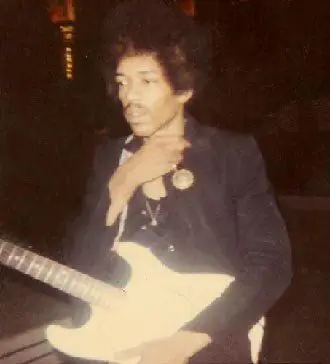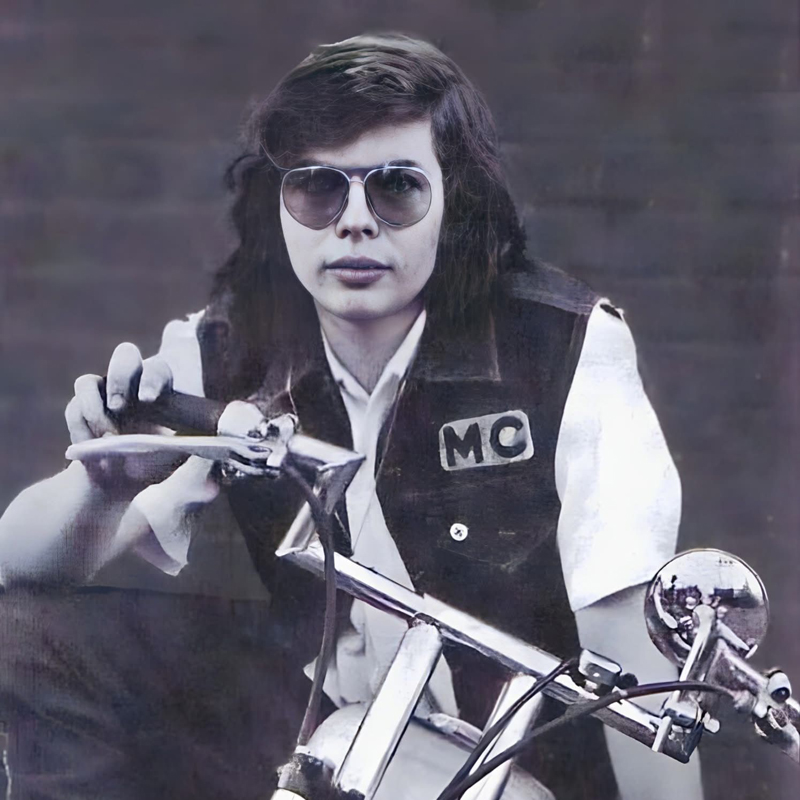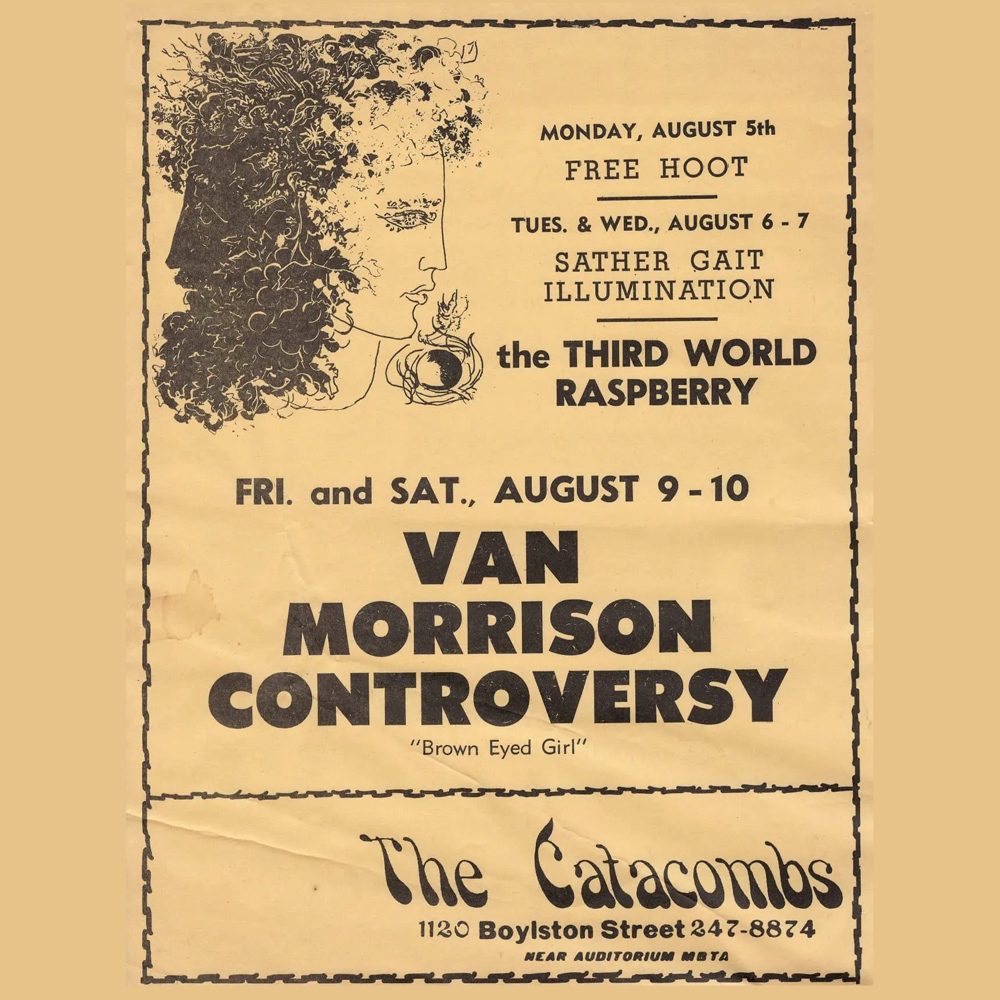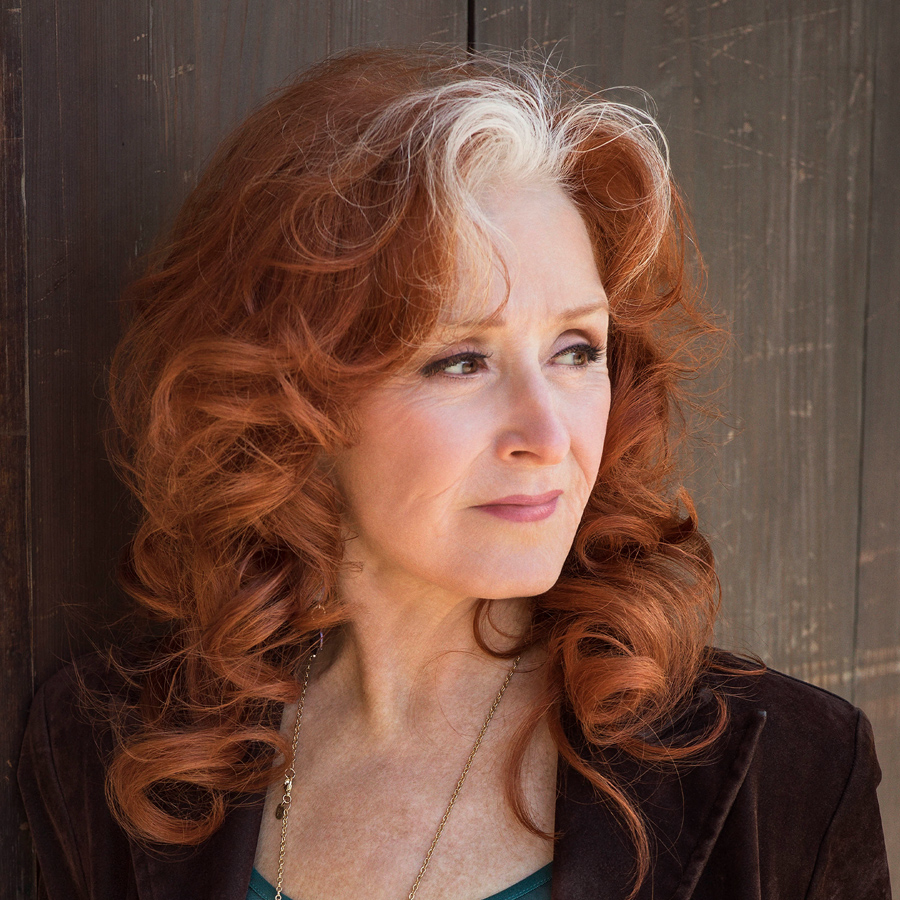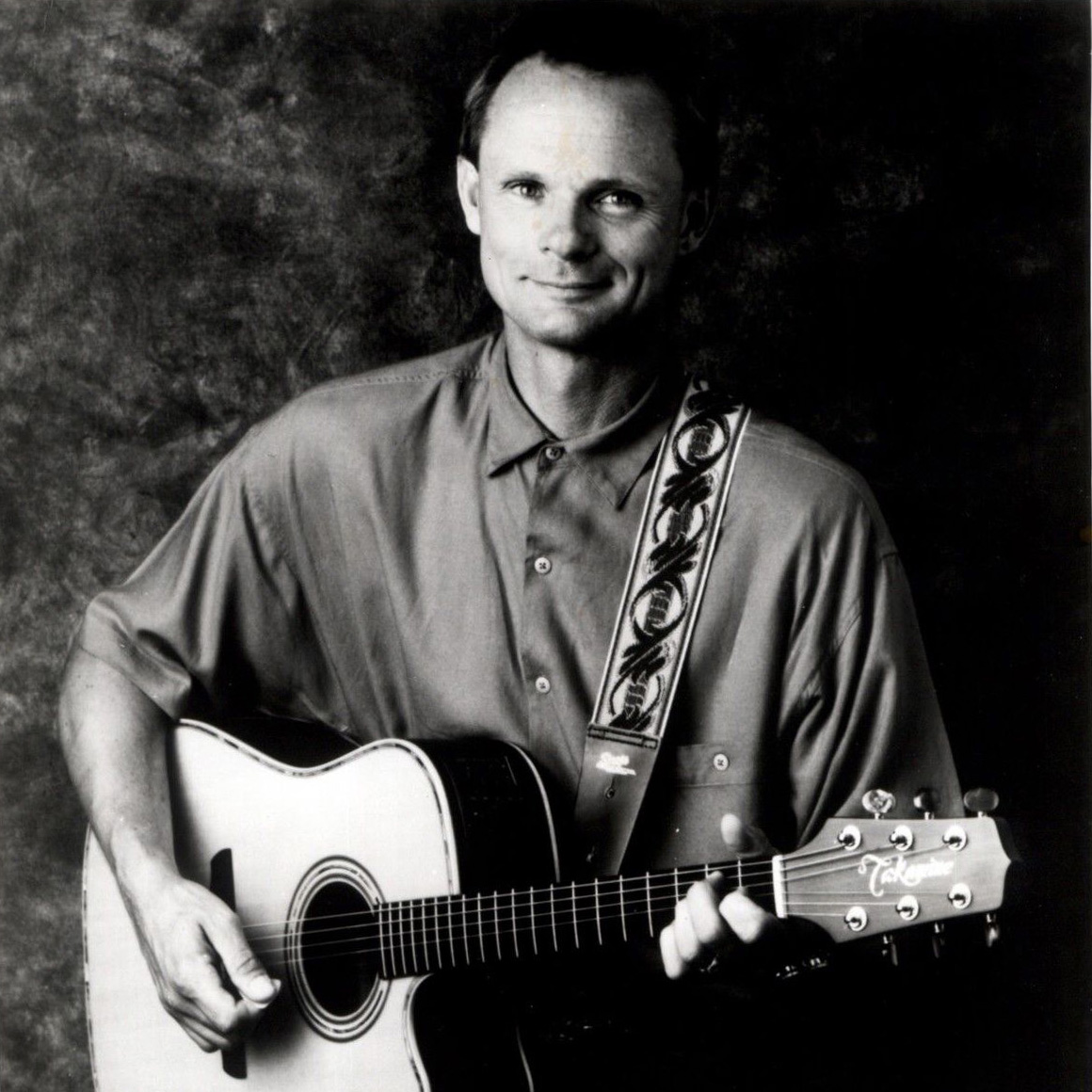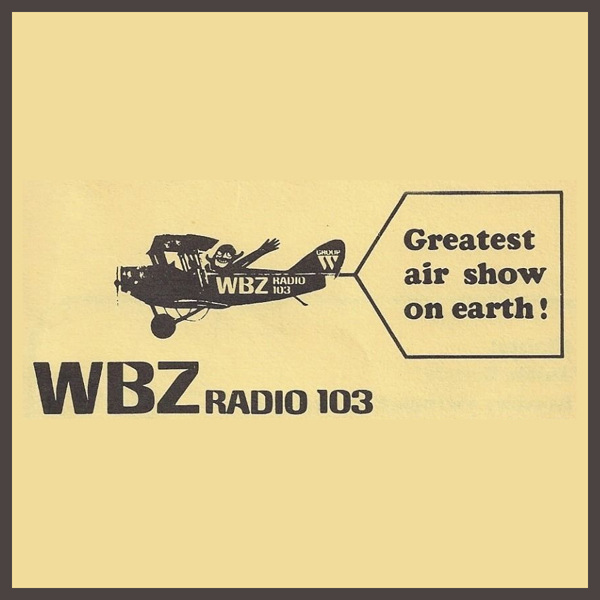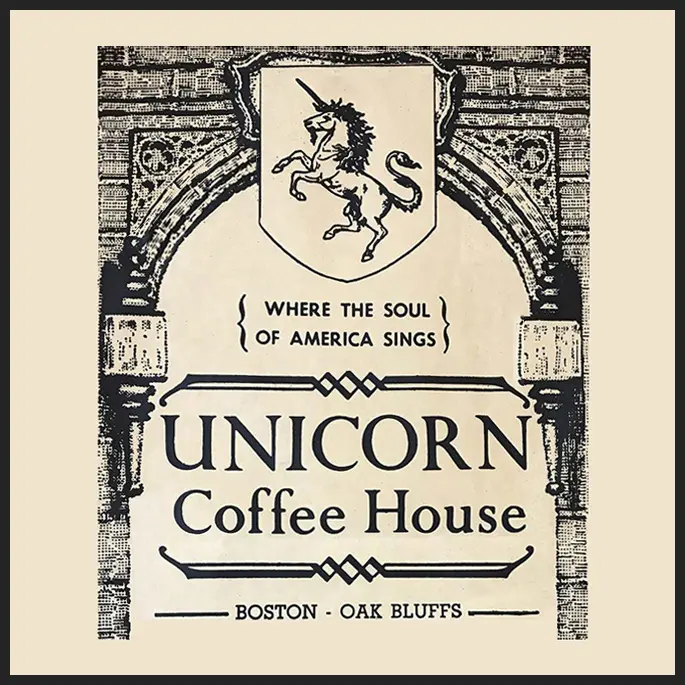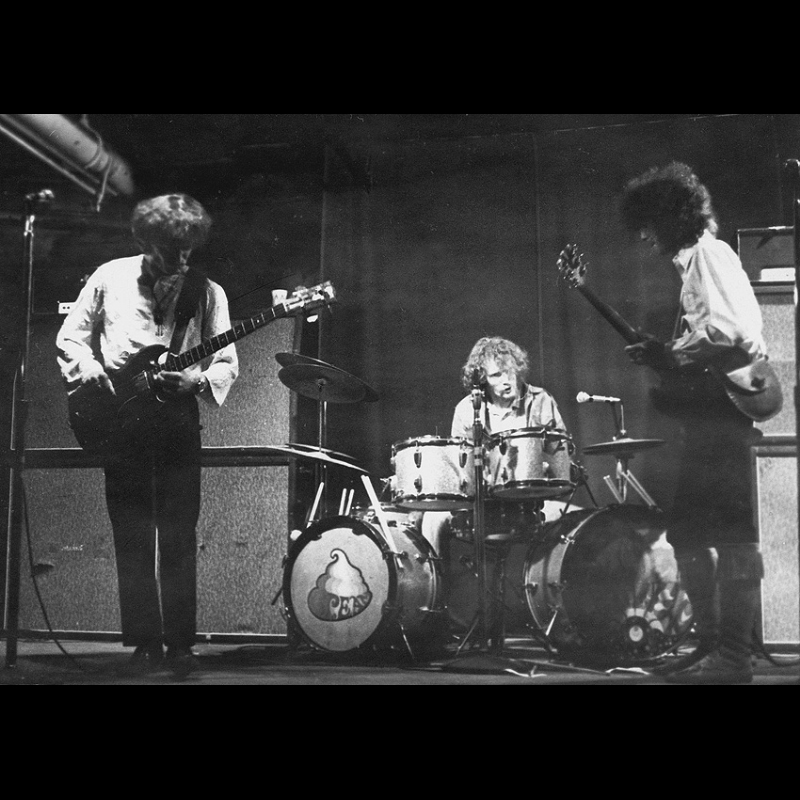The Apple Pie Motherhood Band

Their sound was never “as American as apple pie,” they never made the American charts and their songs will never become part of the Great American Songbook like those by Irving Berlin, Cole Porter, George Gershwin or Rogers and Hammerstein.
But in their Wild West-style pioneering of a new musical frontier called psychedelic rock – at a time when the perfectly packaged pop of The Righteous Brothers, The Four Seasons, The Crystals and the pre-Sgt. Pepper’s Beatles ruled the airwaves – The Apple Pie Motherhood Band was quintessentially American. And, as most rock fans would probably agree, not in a bad way.
FORMATION, ORIGINAL LINEUP, NAME, ATLANTIC SIGNING
The group started out as C.C. & The Chasers, a quintet consisting of teenagers Ted Demos (lead guitar), Joe Castagno (rhythm guitar), Jef Labes (keyboards), Richard Barnaby (bass) and Jack Bruno (drums), with each contributing vocals. They gigged in and around Boston regularly in 1965 and ‘66, often opening for national acts at the Unicorn Coffee House, the owner of which, George Papadopoulos, became their unofficial manager/advisor. He suggested that the group add a female lead singer he knew, Ann Tansey, and that they change their name to something more hip; as a result C.C. & The Chasers became The Sacred Mushroom in the spring of 1967.
Tansey, who was living in New York City at the time, had contacts at The Bitter End so the band relocated to the Big Apple in the summer of ’67, becoming a regular presence at the world-famous venue. “I don’t think we were the official ‘house band’ but we played there often,” Bruno recalls. “The bass player and I even slept in the club a few times.” The high-profile appearances helped The Sacred Mushroom get a deal with Atlantic Records, though the label insisted on a less “druggy” name. Guitarist Demos suggested that they call themselves The Apple Pie Motherhood Band “in a sarcastic, not serious kind of way,” Bruno says, but label execs liked the nonsensical moniker and it stuck.
“BOSSTOWN SOUND” MISLABELING, FIRST SINGLE, DEBUT ALBUM
Many writers categorized the group as part of the Bosstown Sound that included The Beacon Street Union, Ultimate Spinach, Orpheus and others, but in fact any such association was erroneous – based purely on their Boston roots, not their actual sound – because Alan Lorber, originator of the “Bosstown Sound” promotional ploy, had no part whatsoever in producing their recordings. In a nutshell, the band started in Boston and the members were Bostonians, but TAPMB was not “Bosstown.”
In early 1968, the group recorded its first single, “Long Live Apple Pie,” produced by Felix Pappalardi, who had produced Cream’s 1967 album Disraeli Gears. It didn’t chart, but deejay Dick Summer of Boston’s WBZ gave it significant airplay and the band opened for The Bagatelle at The Boston Tea Party in February. The song also gained traction on many of the burgeoning alternative-rock stations across the US.
Soon after making the single, Tansey left the band, replaced by Marilyn Lundquist, following sessions that once were interrupted by Tansey’s close friend Jimi Hendrix, who led the band in an impromptu jam/tutorial. In the summer of 1968, Atlantic released the group’s eponymous debut, a 10-track collection of covers and originals, the latter of which mostly written by Labes.
A mixture of heavy blues, pop-folk psychedelia, extended instrumentals and tight harmonies that many critics compared to Crosby, Stills, Nash & Young, the album became an underground hit, particularly in Boston where it found airplay on WBCN (which switched from a classical to a rock format in March 1968, a few months before the LP’s release). TAPMB spent the remainder of 1968 performing mostly in Greenwich Village and Chicago headlining small venues while playing larger ones as the opener for acts including Jefferson Airplane, The Chambers Brothers and Paul Butterfield Blues Band. In December, they appeared with The Velvet Underground and Canned Heat in Cleveland.
MOVE TO VERMONT, LINEUP CHANGES, APPLE PIE
In early 1969, the band relocated to a communal farm in Vermont to write material for their sophomore effort, but with a dramatically revised lineup. Lundquist was replaced on vocals by Bruce Paine, a folk singer who had recently walked away from a solo deal with RCA; guitarist Michael Sorafine took over for Castagno; and harmonica player Adam Myers joined.
With their LSD intake starting to have a counterproductive impact on their creative output, Labes wrote only one song for the album, released that year as Apple Pie, with other tracks composed by new members except for covers of Willie Dixon’s “I Just Want to Make Love to You,” Chuck Berry’s “Brown Eyed Handsome Man” and The Temptations’ “Get Ready.” Produced Tom Dowd – who as an Atlantic engineer in the ‘50s had recorded Ray Charles, The Drifters, The Coasters and The Spinners, among others – the album was a struggle to make, according to Paine, who’s said he was astonished that it even finished, let alone released.
“[Dowd] was tearing his hair out,” he said, as quoted in rock critic Richie Unterberger’s liner notes for the LP. “We were a bunch of acid freaks loaded to the gills trying to lay down tracks, and Tom was in the booth trying to make sense of it. I think at the same time he was producing Aretha [Franklin] and Cream, and of course Cream was their own bundle of fun and games, too. So by the time he got to us at nighttime, he was pretty stressed. It was amazing that the album got done. We were even more amazed that it got released.”
DISBANDING, POST-TAPMB ACTIVITY, LEGACY
After disputes with manager Lagunoff about their decision to leave New York for Vermont and Atlantic’s decision to delay release of the record, TAPMB split in the summer of 1969, never touring nationally to support the second LP but playing college gigs of their own choosing around New England, upstate New York and Pennsylvania. “By the time the album was ready for release, Lagunoff had gone to war with us for moving to Vermont, settling on a farm and booking our own dates at local colleges,” Labes said, as quoted by Unterberger. “Therefore, under his direction, [Atlantic] held back shipment of the second album.”
Following the breakup, Labes moved to Woodstock to join Van Morrison’s live band and in 1970 he played on Morrison’s classic album Moondance, followed by six more of the singer-songwriter’s LPs through the mid-‘80s while also working with Bonnie Raitt, Jonathan Edwards, Orphan and others. Bruno went on to tour extensively with Tina Turner and Joe Cocker and work with other major acts like Elton John, Peter Frampton and Richard Marx while both Demos and Paine went west to California, the former recording an album with the band Shakey Legs (along with Bruno) in 1971 and the latter joining the San Francisco production of the musical Hair and fronting the band Sledgehammer before launching an acting career.
As Unterberger wrote in his liner notes for the Apple Pie LP, Labes thinks the group’s legacy is beyond music itself. “We did in many ways embody the spirit and feeling of the movement for change of that period of drug enhancement, sexual freedom and the politics of peace,” he said.
And, as most rock fans would probably agree, not in a bad way.
(by D.S. Monahan)

